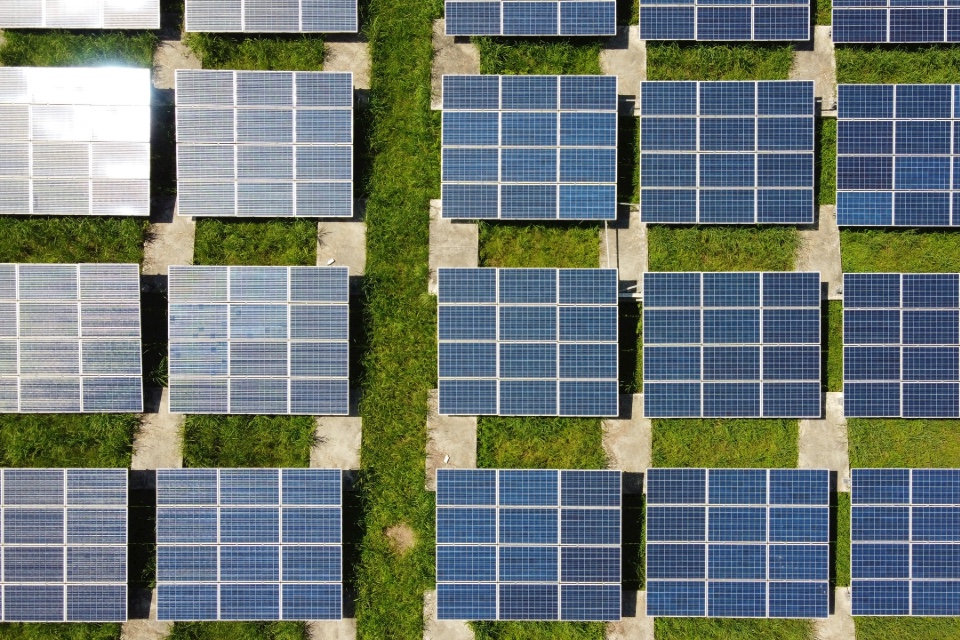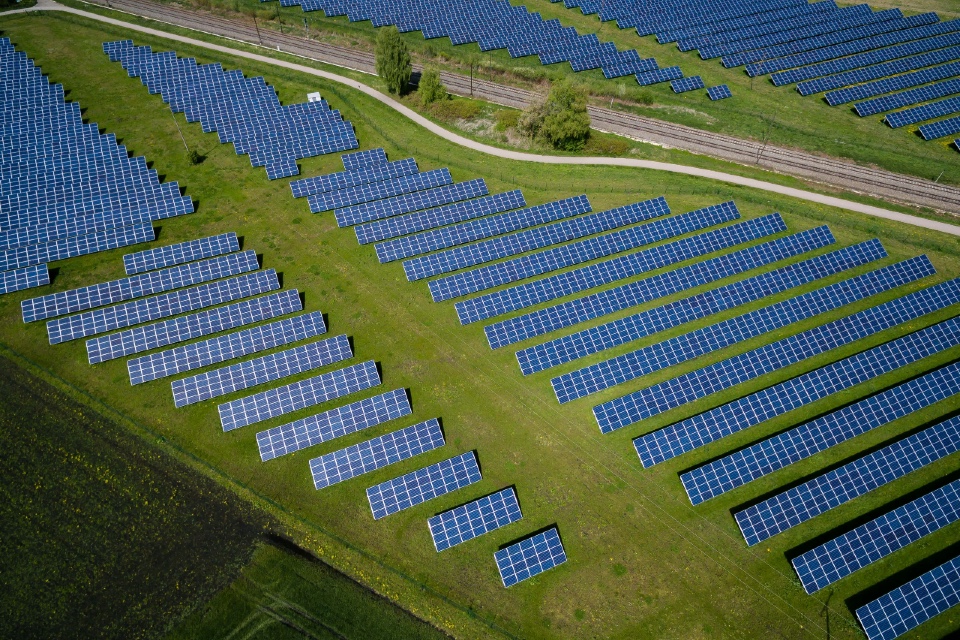Oil and gas outlook set to be dominated by geopolitics and supply chain dynamics this year
https://energymanagementsummit.co.uk/wp-content/uploads/2019/06/Oil-v-Gas.jpg 960 640 Stuart O'Brien Stuart O'Brien https://secure.gravatar.com/avatar/81af0597d5c9bfe2231f1397b411745a?s=96&d=mm&r=gThe oil and gas industry has witnessed a considerable upheaval in its supply chains amid the protracted Russia-Ukraine conflict and renewed tensions in the Middle East. Both of these conflicts could potentially disrupt global oil and gas supplies in 2024, and hence, the themes of geopolitics and supply chains are the hot topics for this year.
It is therefore important for the oil and gas industry to assess the impact of these themes while charting out their growth plans, says GlobalData.
GlobalData’s thematic report, “Top 20 Oil & Gas Themes 2024,” reveals the leading themes that could have a significant impact on oil and gas operations in 2024. Energy security concerns are expected to be the major driver for the oil and gas trade in 2024. Furthermore, the pace of the global transition towards clean energy is likely to be slow in 2024, as several countries are confronted with issues of energy security and inflation.
Ravindra Puranik, Oil and Gas Analyst at GlobalData, said: “The fallout of the Russia-Ukraine conflict has resulted in the restructuring of global energy supply chains in the last two years. Moreover, global energy markets must also have to contend with rising tensions in the Middle East. Thus, geopolitics and supply chain dynamics will impact the decision making of oil and gas companies in 2024.”
The report also puts emphasis on the ESG theme and the themes contributing to the global energy transition. Within ESG, the environment and social aspects of oil and gas operations are the focal point of discussion as they are important for long-term sustainability. Newer industry themes that support the energy transition towards zero-emission technologies, such as renewables, low-carbon hydrogen, carbon capture and storage (CCS), and electric vehicles (EV), are evaluated for their potential impact on the oil and gas business in 2024.
Puranik continued: “Profitability is expected to be critical for driving the financing of decarbonization initiatives in 2024. Moreover, the Ukraine conflict has also exposed the vulnerabilities in clean energy generation and, in a way, pushed back the prospect of peak oil for the time being. This is also likely to benefit natural gas and LNG in supporting global decarbonization goals in the medium term.”

The report evaluates traditional oil and gas themes, namely liquefied natural gas (LNG), shale, and integrated refineries, that are enabling companies to remain competitive in the energy market. Shale oil and gas production could reach record levels in 2024.
The report also reveals how disruptive technologies, such as artificial intelligence (AI), blockchain, cloud computing, cybersecurity, the Internet of Things (IoT), robotics, and the metaverse, are impacting the oil and gas industry. Several prominent integrated oil companies (IOCs) have actively sought to digitalize their operations by employing digital technologies. These technologies are bringing in newer work dynamics to improve efficiency, reliability, and operational security.
Puranik concluded: “Oil and gas companies are expected to continue to expand the deployment of digital technologies across their operations in 2024. As the industry prepares to become agile and pursue a long-term energy transition, digital technologies will play a pivotal role in achieving these objectives.”











